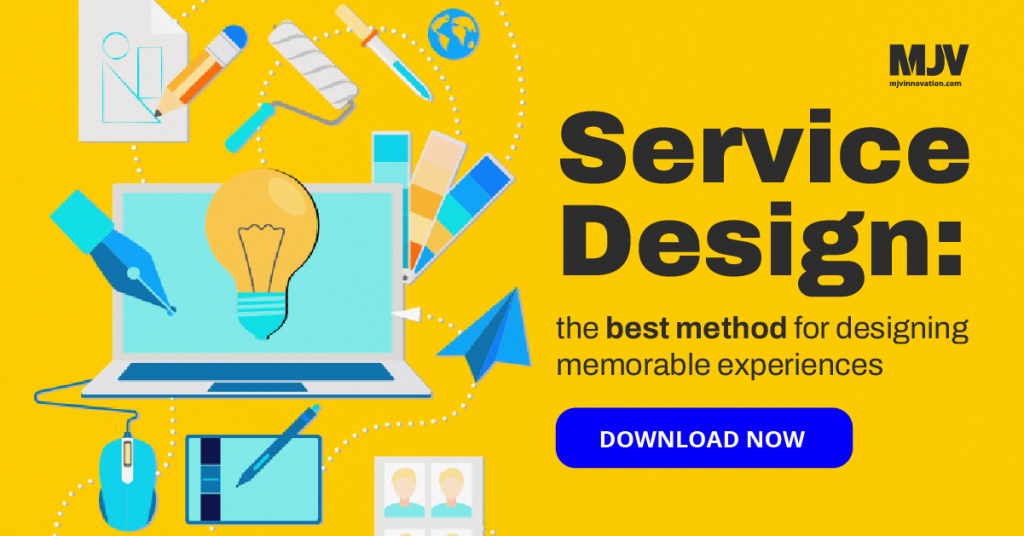Insurance jargon translated: how MAPFRE saved millions by implementing a human-centered strategy to customer service
A Global Insurance Group Completely Redesigned their Communications to Become More Transparent and Improve Customer Experience
The complexity of legal and technical terms is a big challenge for those hiring insurance services — and even for those on the company side. The numbers don’t lie: research shows that 7 in every 10 insurance clients expect to have trouble when getting in touch with their insurer at the time of an accident.
The two main issues seem to be the language -a challenge not only to clients but also to employees- and the high rates of conflicts in the call center.
Ethnography to Understand the User
Through Design Thinking tools, the approach focused on the user experience was used to understand the behavior of the company’s stakeholders. Field research and ethnography were essential tools for the creation of new parameters, so as to reposition the company within the market.
During the immersion stage, a multidisciplinary team went out into the field to understand the context of the market. Aside from clients, the team listened to other important stakeholders in large cities in the country, including brokers, service providers and collaborators of the insurance company.
The main insight was the discovery that, due to the technical terms and long contracts, clients hired a service for very specific needs without the knowledge of essential information, such as the size of the coverage, costs and the process to receive benefits in case of an accident.
Translating Insurance Jargon: Paperless Policies
The demand was clear: simplify the language of insurance policies to humanize the relationship between the company and the client. It would also be necessary to create a solution to educate the consumer about their rights, guiding them through the process in case of an accident.
In this context, co-creation workshops were carried out with the aim of reducing excessive technical terms in the company’s day to day, known as insurance-speak. In this way, it was possible to make the team aware of the problems faced by clients.
To inform the user about the content of the contracts, new online and offline communication mechanisms were created, substituting the extensive and traditional policies, sent to insurance clients. In this way, hundreds of sheets of paper were translated into simple and objective infographics. A personal page was also created, customized to each user, with interactive help guides, available for mobile devices.
Solution: Visual Communications, Cost Reduction and Industry Awards
The solution developed by MJV led to a cost reduction in the millions for the insurance company, with the extinction of the paper policy sent to clients, and reduced by 50% the occurrence of conflicts with clients in the call centers.
Resulting in the savings of 2 million Reais, spent with sending policies on paper to clients, reduction in calls to the call center by half and satisfactory improvement in the consumer experience.
The project also had a positive impact on the way the company approaches innovation and brought a more strategic and creative approach to the Marketing department.
Other significant results:
- A decrease in the occurrence of conflict in the call centers;
- Annual reduction in the consumption of A4 paper: about 60 million sheets, used for client communication were saved;
- A decrease in the company’s annual CO2 emissions of 60 tons.
The solution developed by MJV set a new benchmark in the insurance sector, in terms of communicating with clients, and was lauded throughout the sector, winning some innovation and marketing awards, such as:
- Gold in the Echo Award category at Direct Marketing Association Awards 2013, promoted by The DMA;
- Gold in the category CRM/Database at the XVIII Award of the Associação Brasileira de Empresas de Marketing Direto (ABEMD);
- Top of Marketing Award at the Associação dos Dirigentes de Vendas do Brasil (ADVB-SP).
Service design is a user-centric and market-acclaimed approach for solving business problems by looking closely at the core business and the needs of users and customers.
Such a precise and sensitive diagnosis of changing the whole communication of a company was only possible thanks to service design’s in-depth business immersion, analysis, tools, and dynamics.
Download the e-book Service Design: design memorable experiences, and find out how it can help you solve complex and multifactorial business issues.
Back
